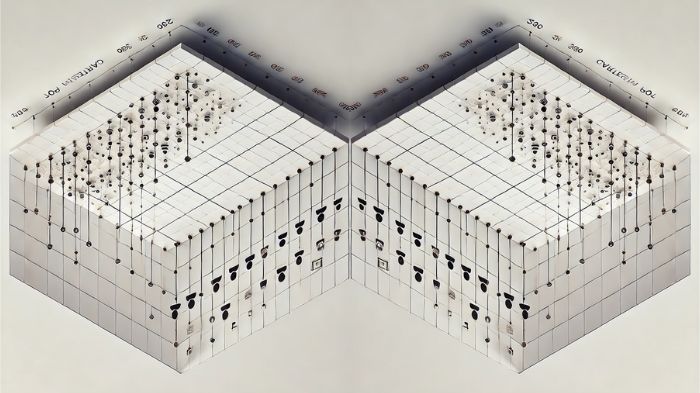How does FaceID classify images?
Overview
In this lesson, students explore facial recognition technology as a “classification task.” Each time a smartphone uses facial recognition, it asks, “Is this me or not me?” Building on lesson 1, where students learned that images are numerical representations of pixel values, this lesson helps students visualize images in multidimensional space, with dimensions equal to the number of facial variables or features in the model.
- AI & Math
- 60 minutes

Digital Materials
Objectives
After this experience, students will be able to
- Define and explain binary classification.
- Perform basic binary classification in multi-dimensional space.
- Analyze and discuss the societal implications of misclassified data, especially the risks of high misclassification rates in facial recognition.
Questions explored
- How does a smartphone decide to unlock or not unlock using facial recognition?
- Which facial features help distinguish my face from my partner’s? How does this differ between groups of people?
- What are the implications of false positives and false negatives? How can these errors be minimized in real-world applications?
- How does today’s method compare to the Mean Squared Error (MSE) method used in our last lesson? What improvements or limitations did we observe?
Key Terms
Machine Learning
- When computers learn and get better at a task by using data instead of being programmed with explicit rules on how to do that task.
Model
- A mathematical framework that can be used in AI to make predictions or decisions. Models are often trained with large amounts of data